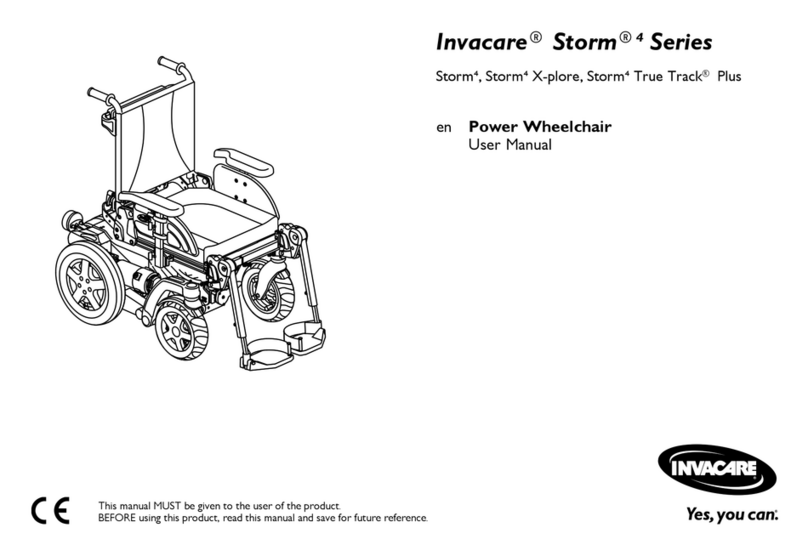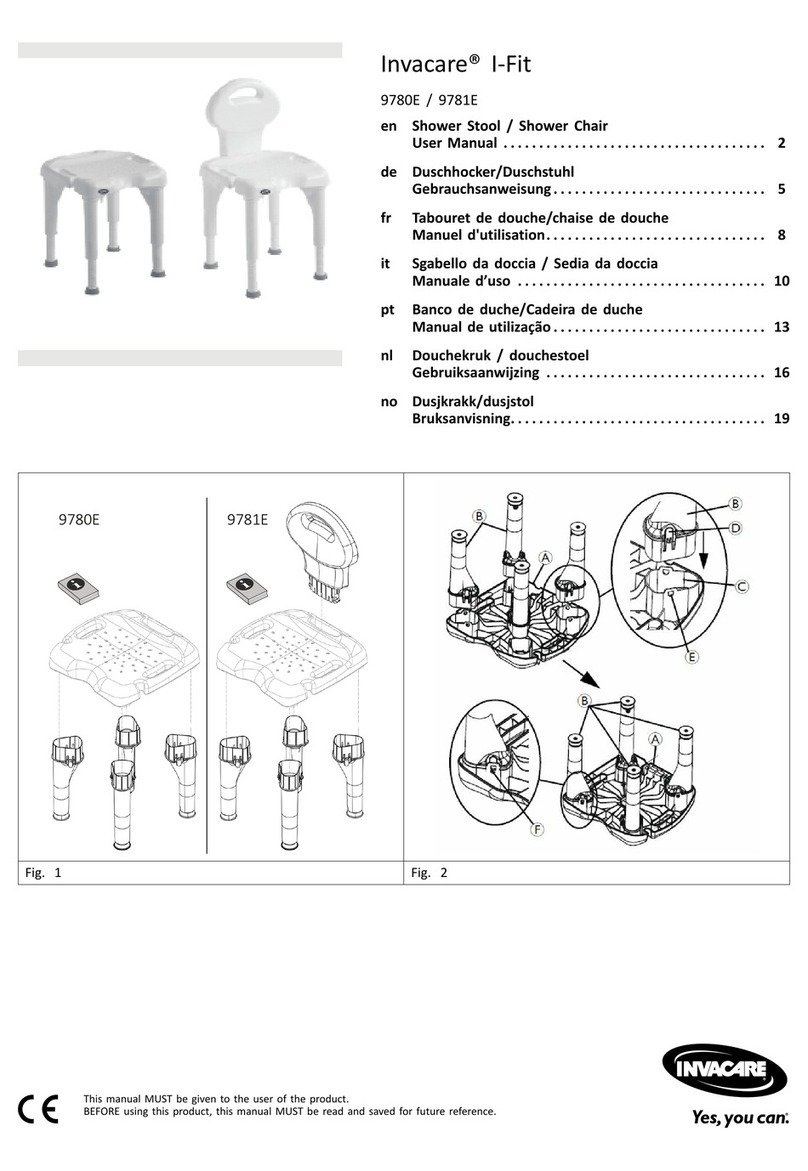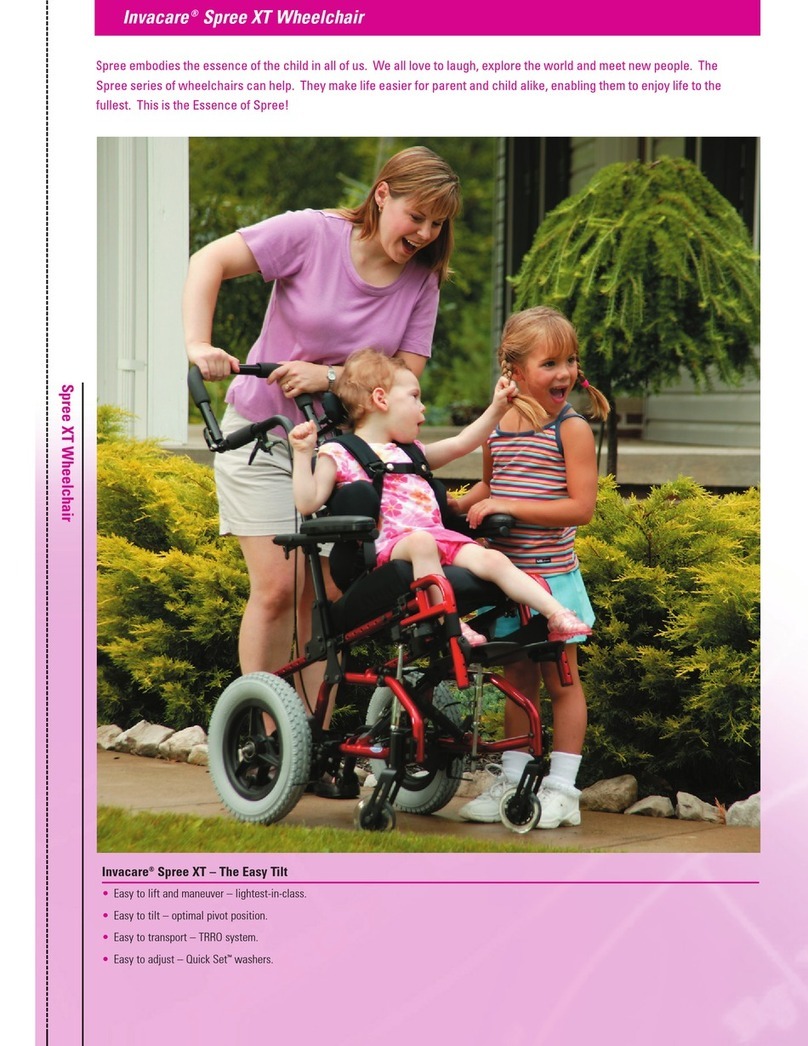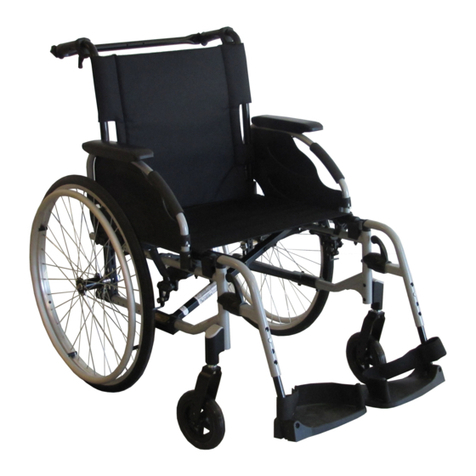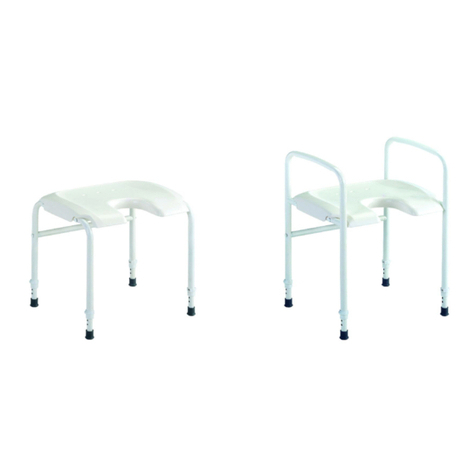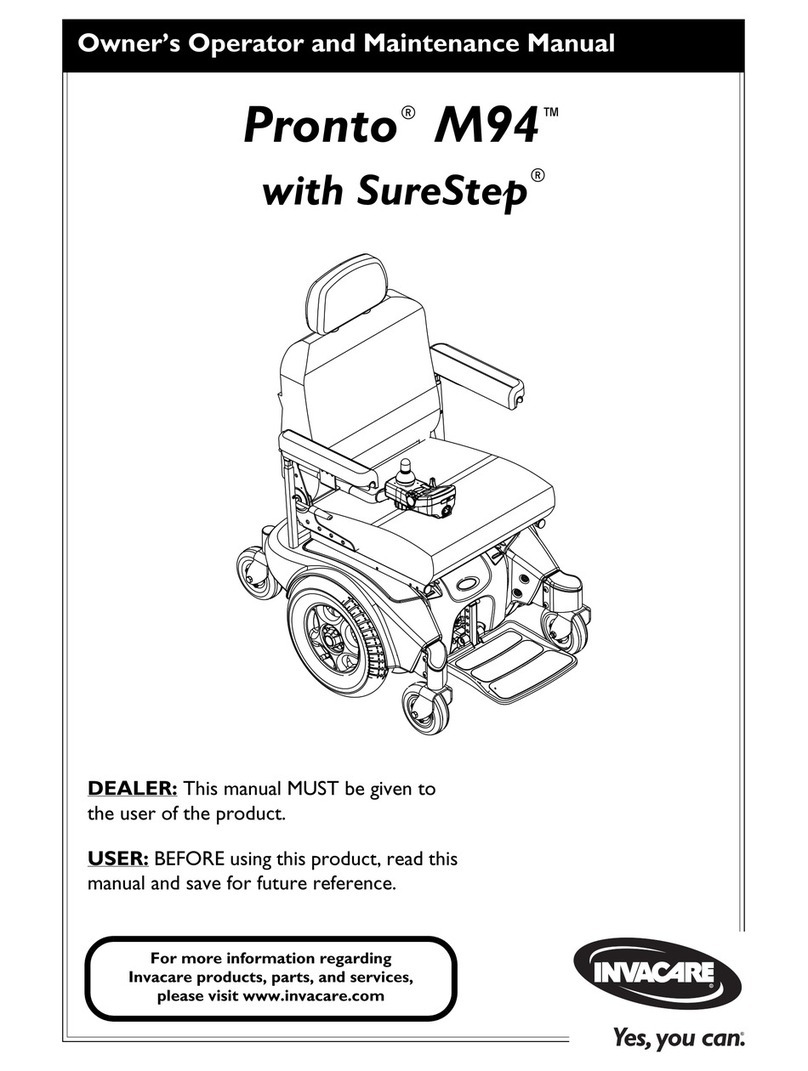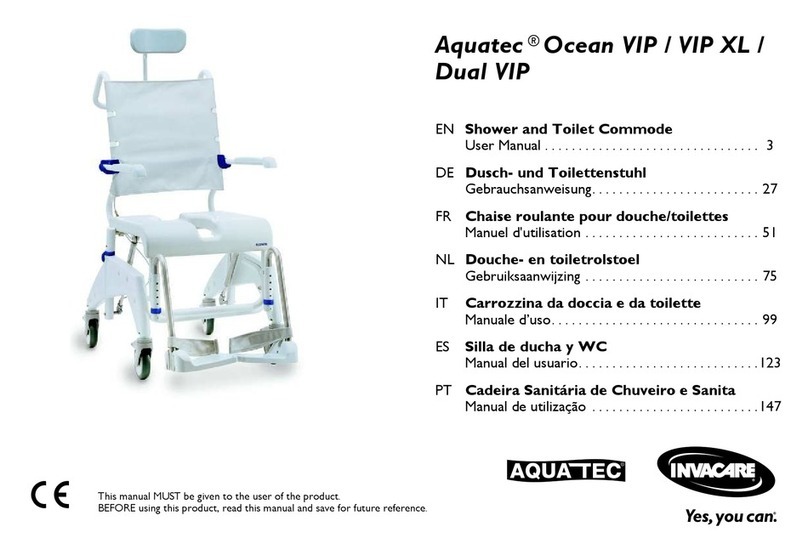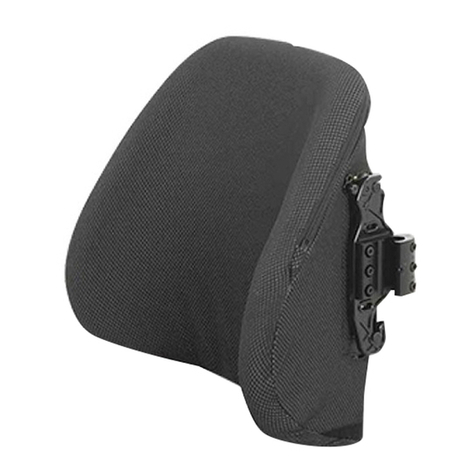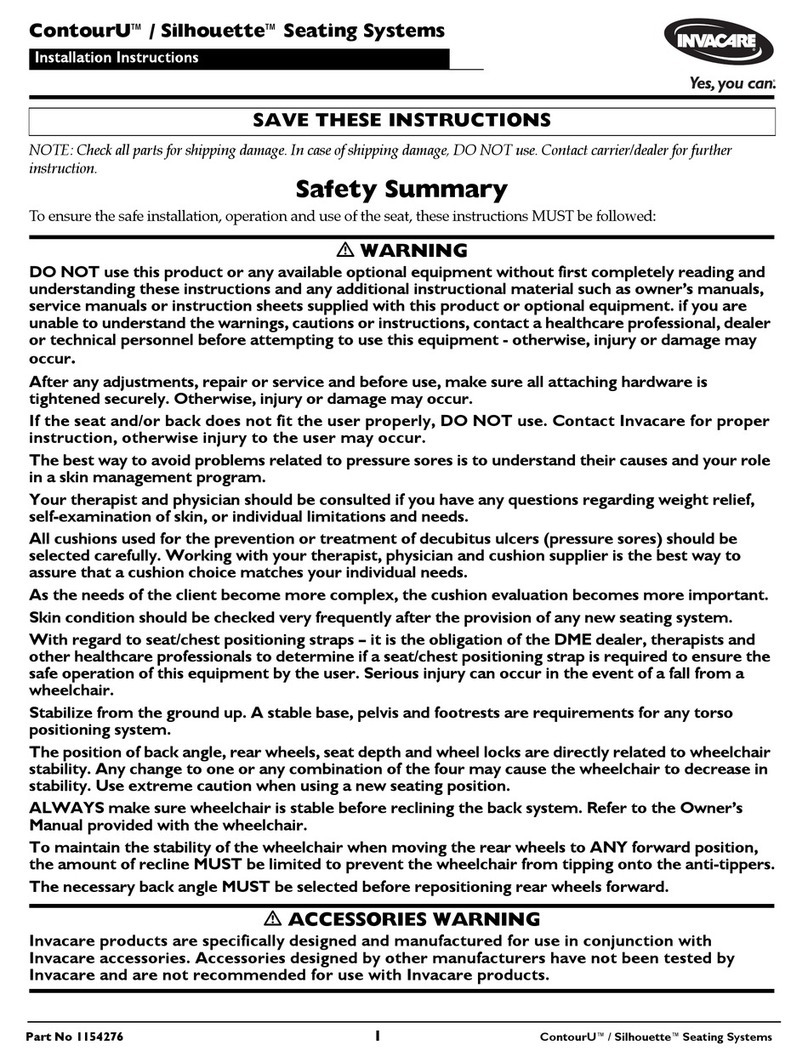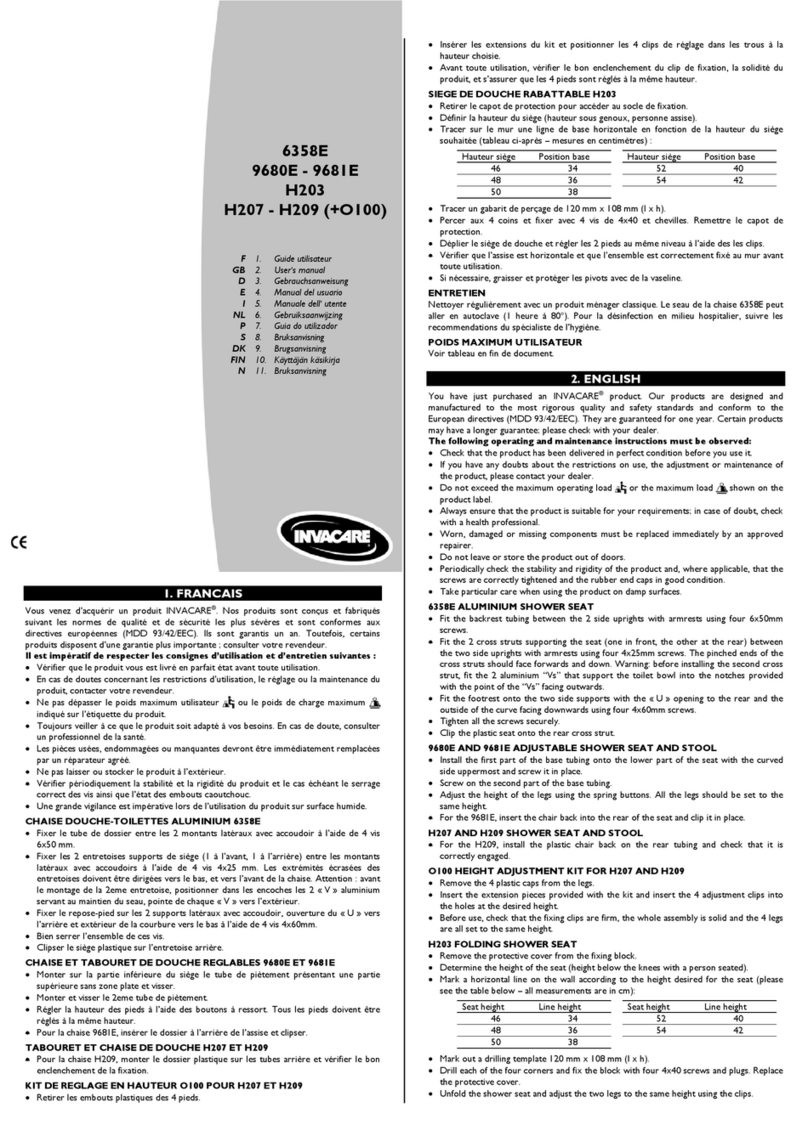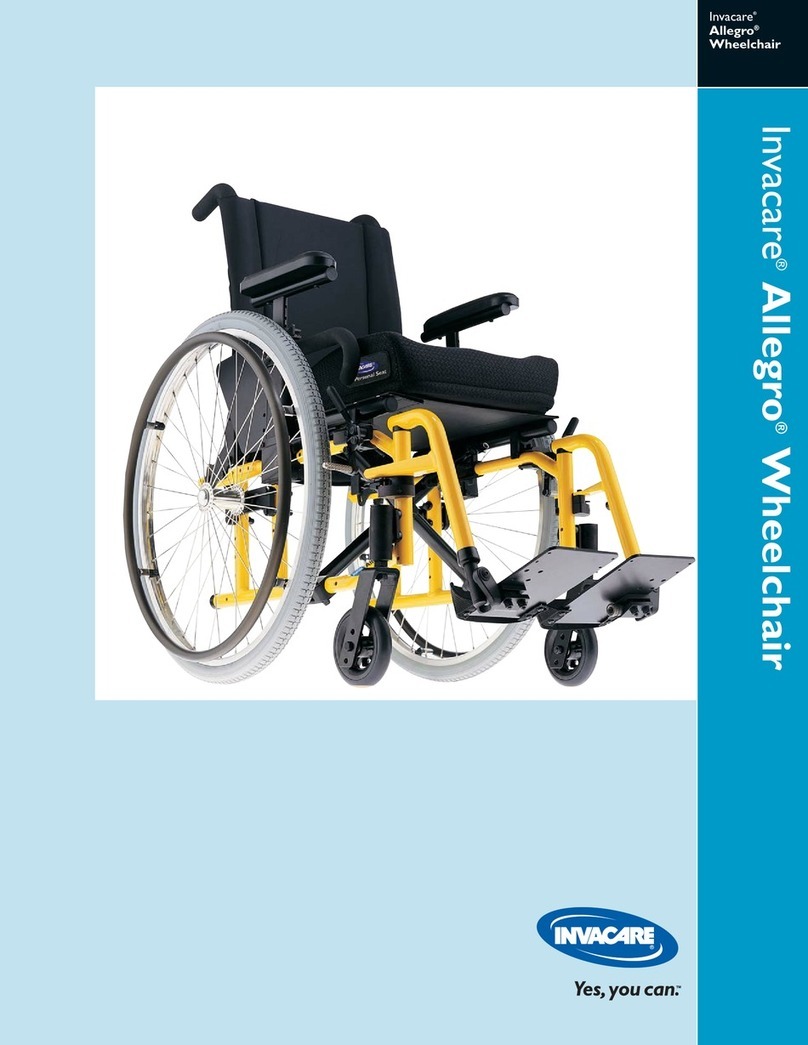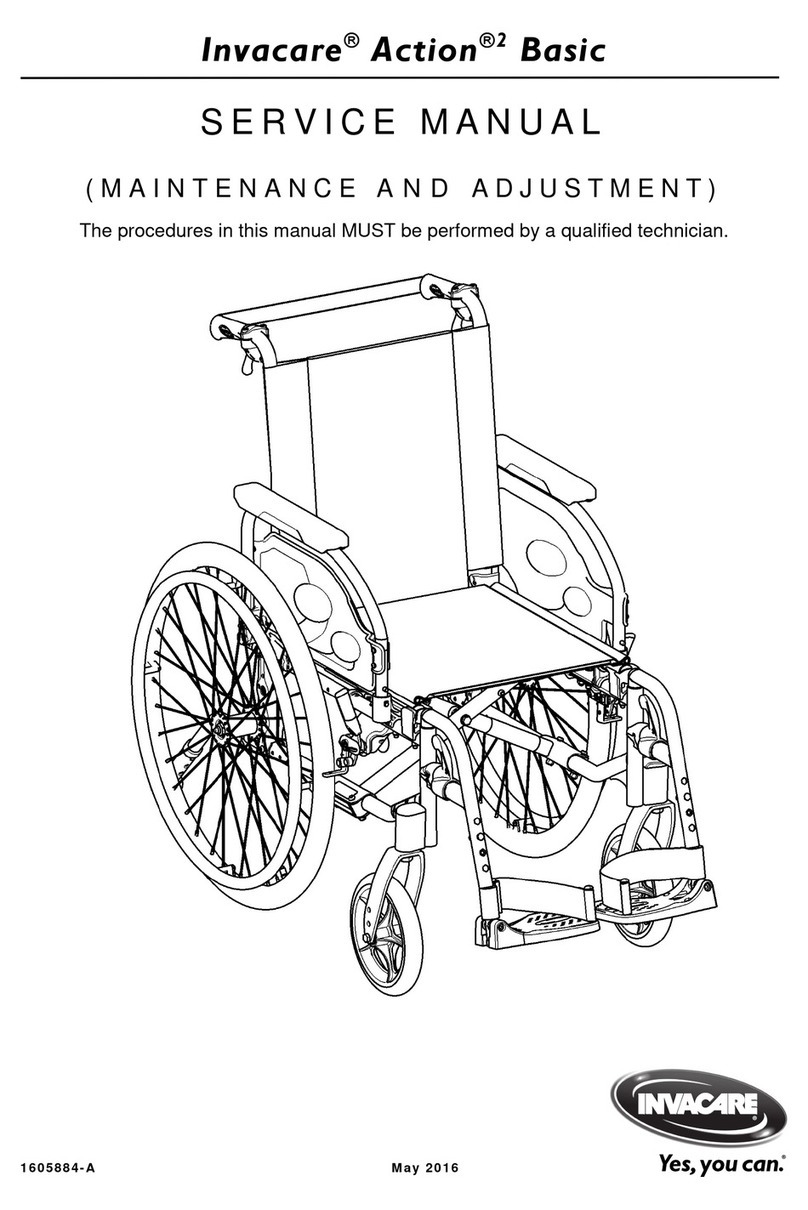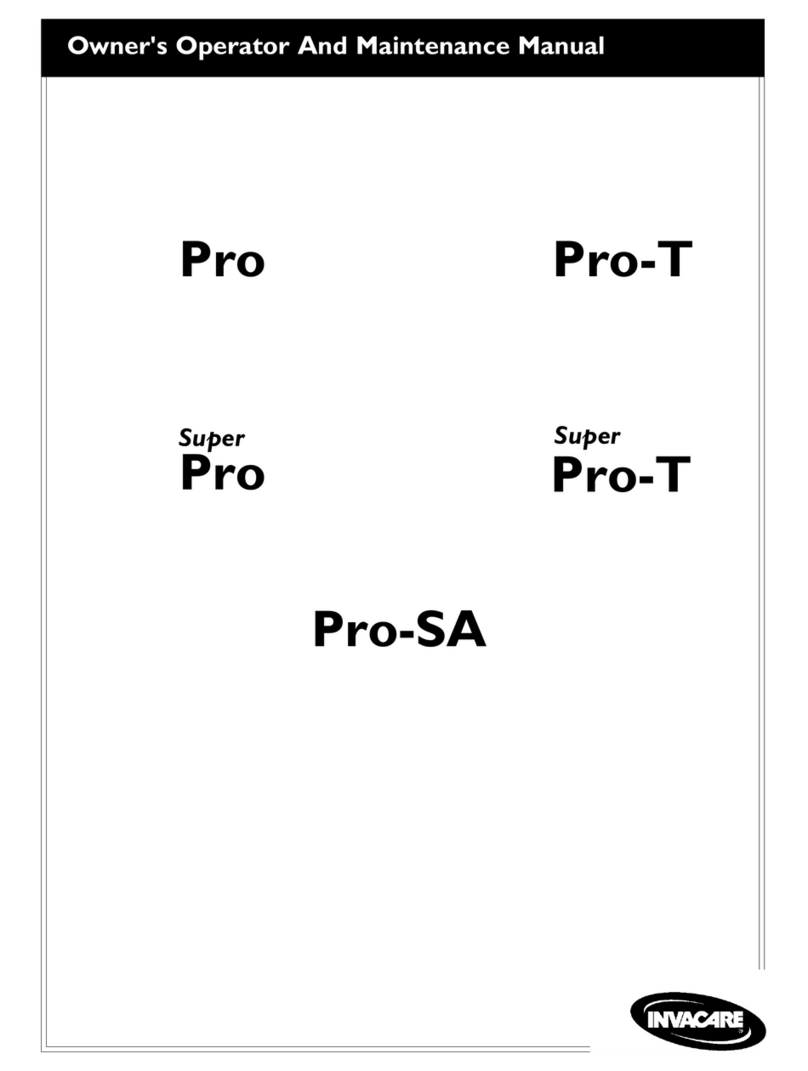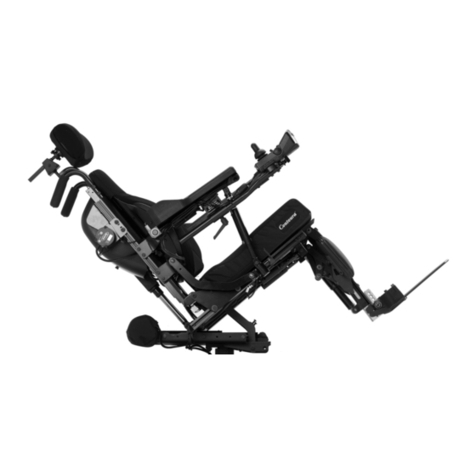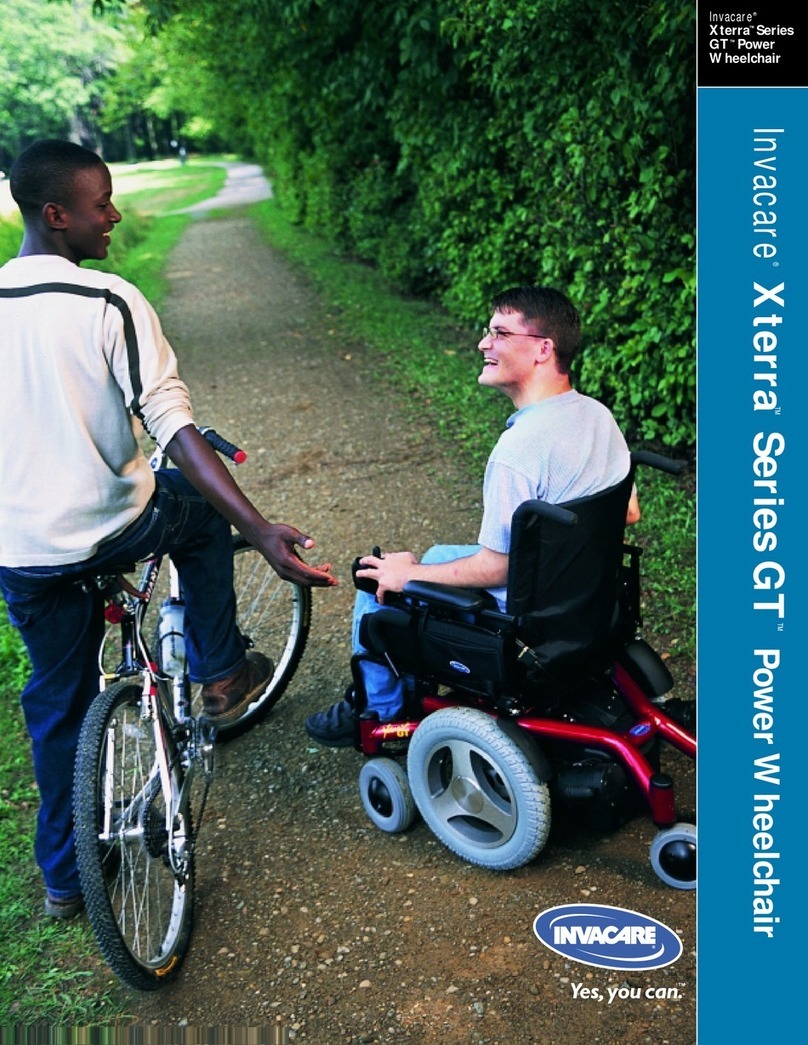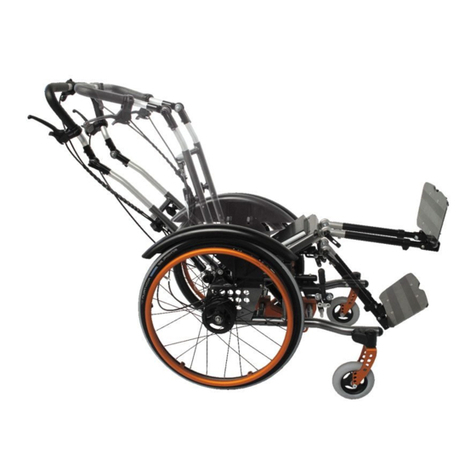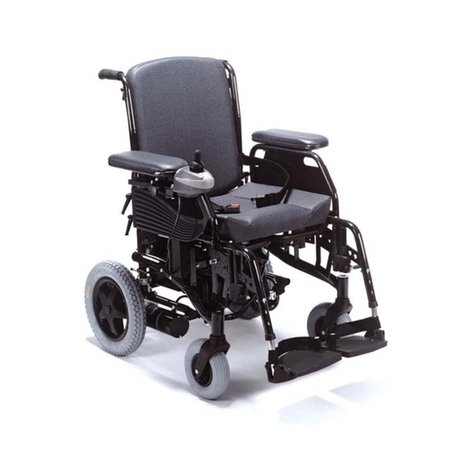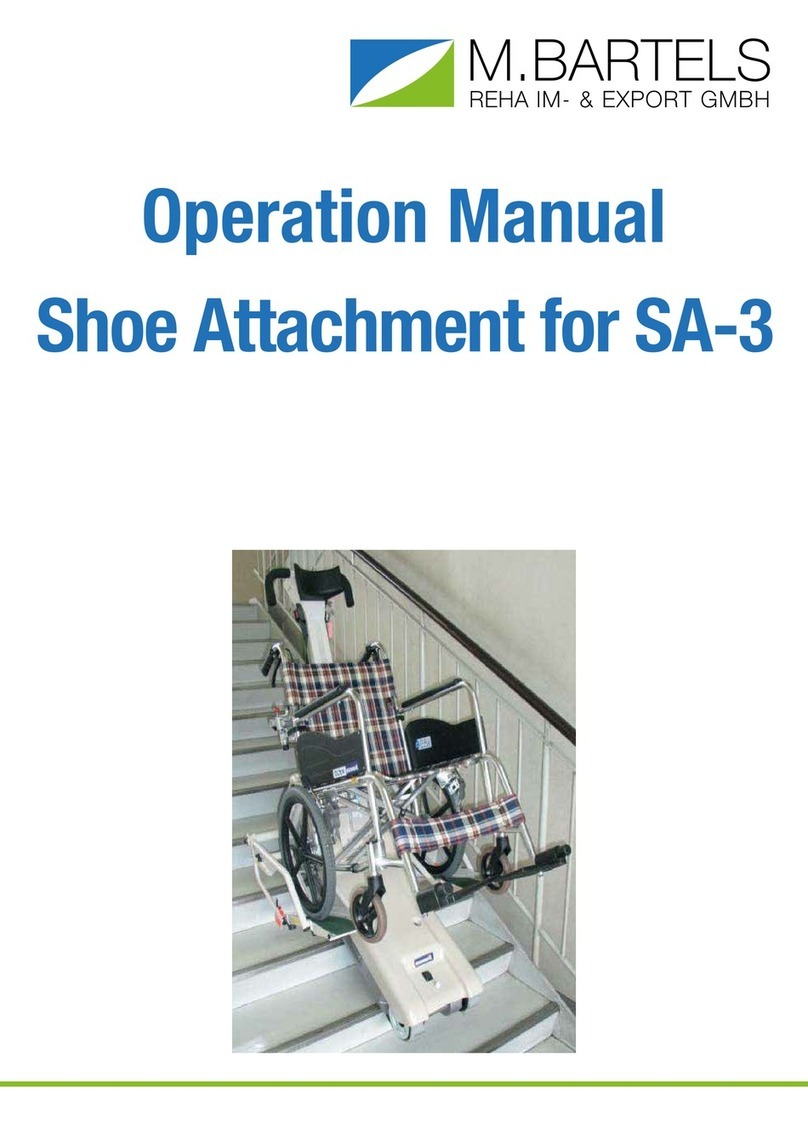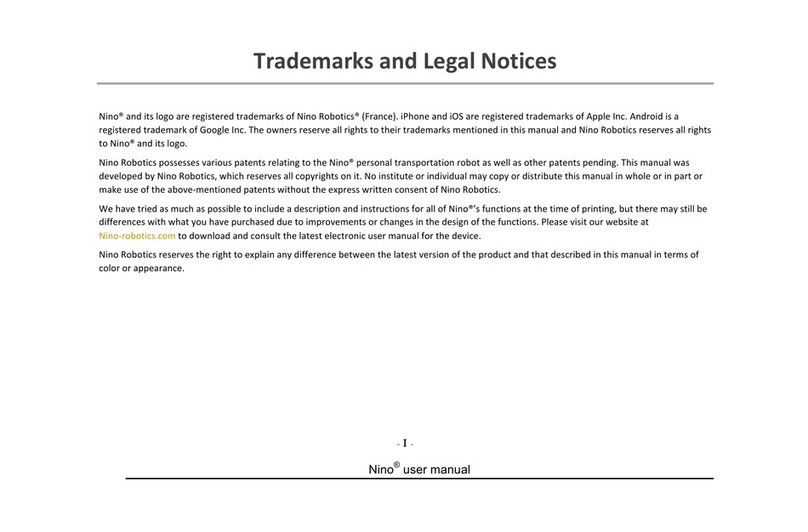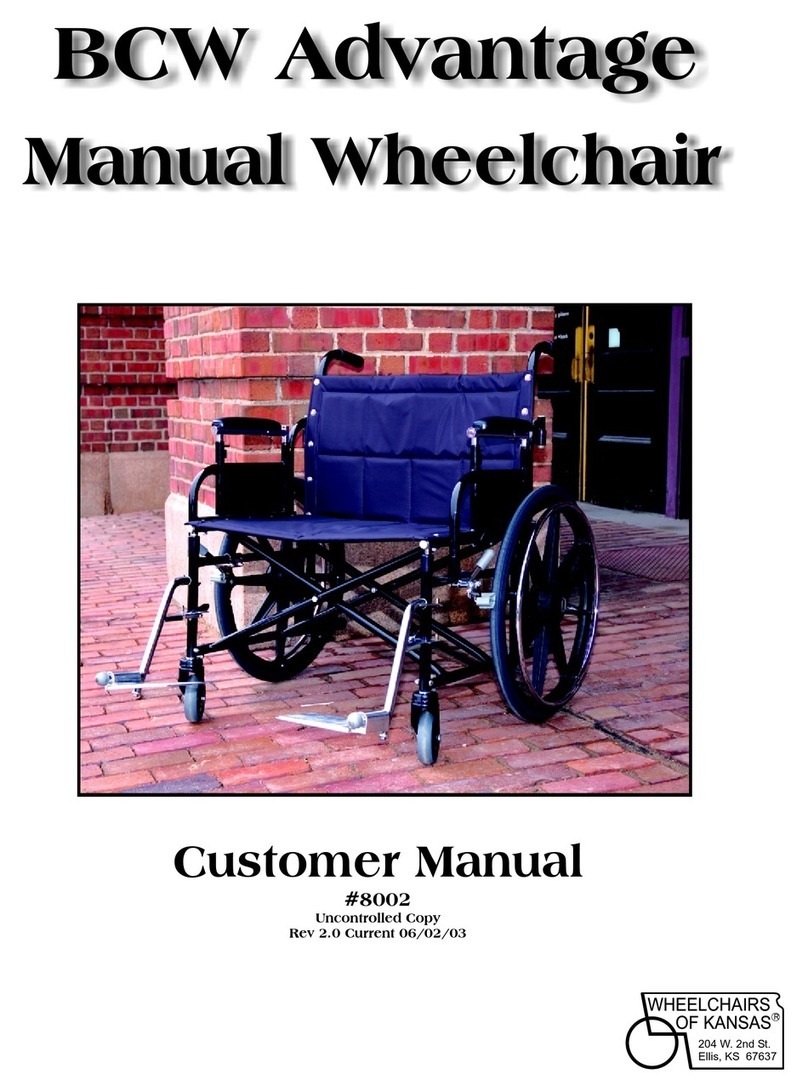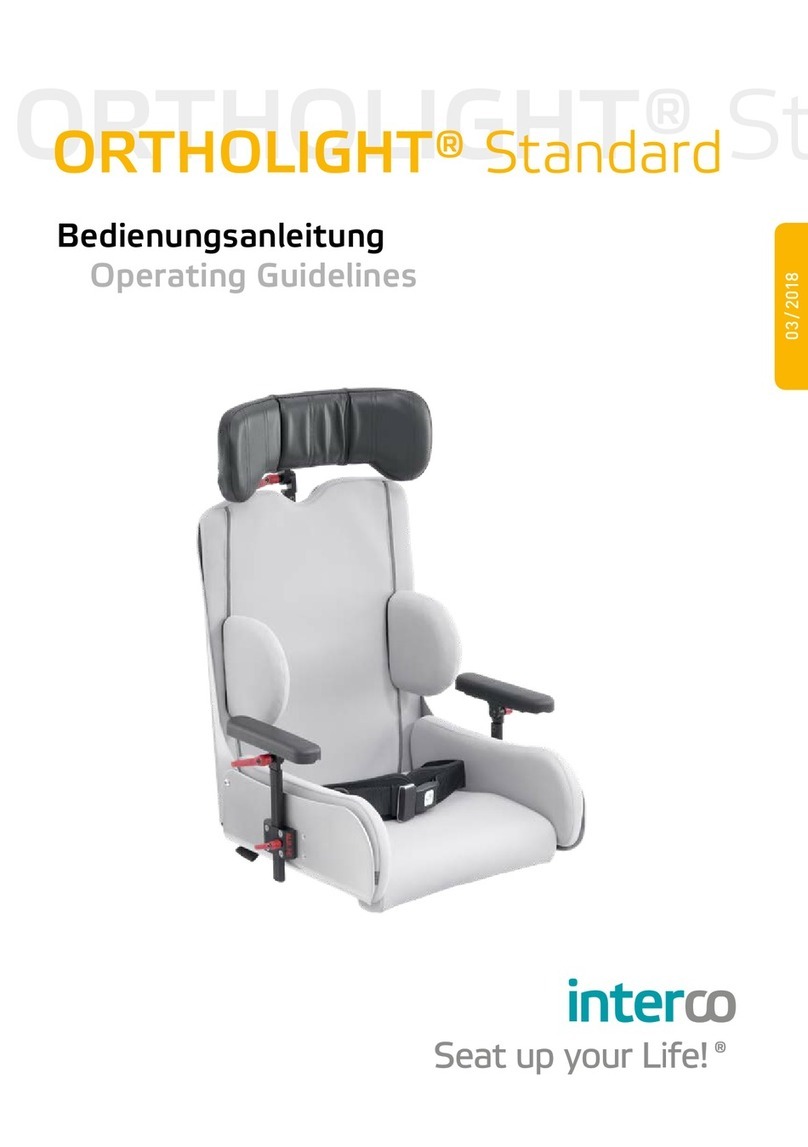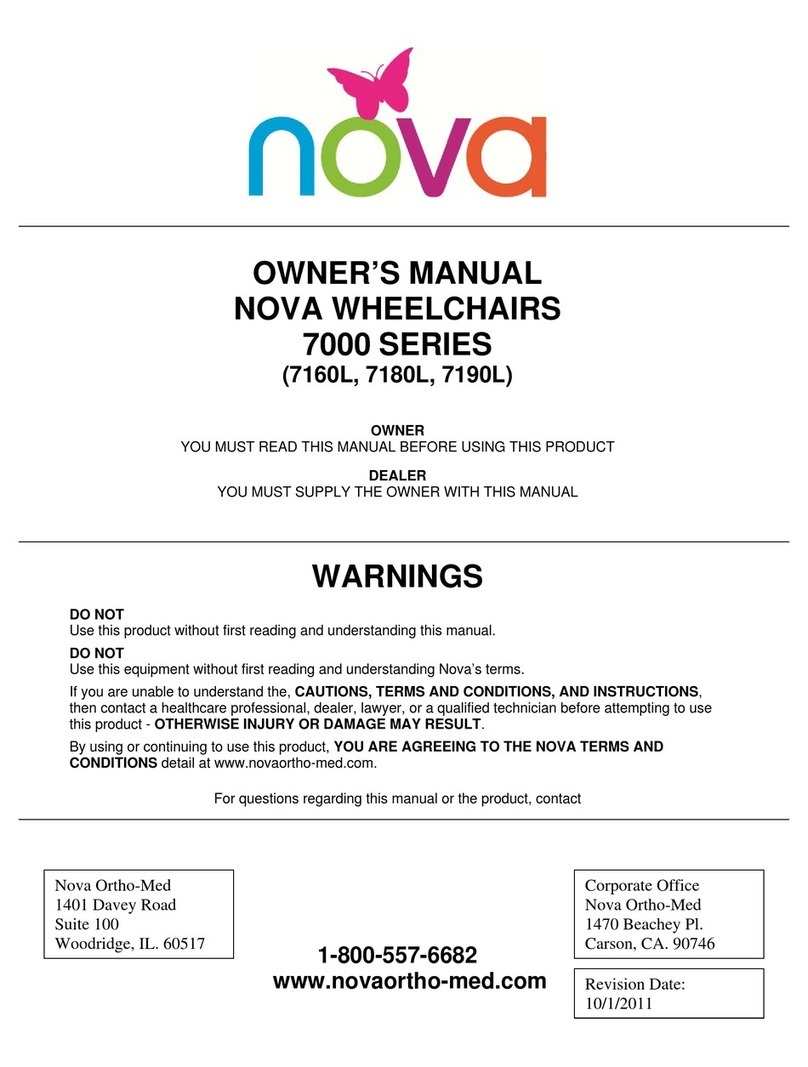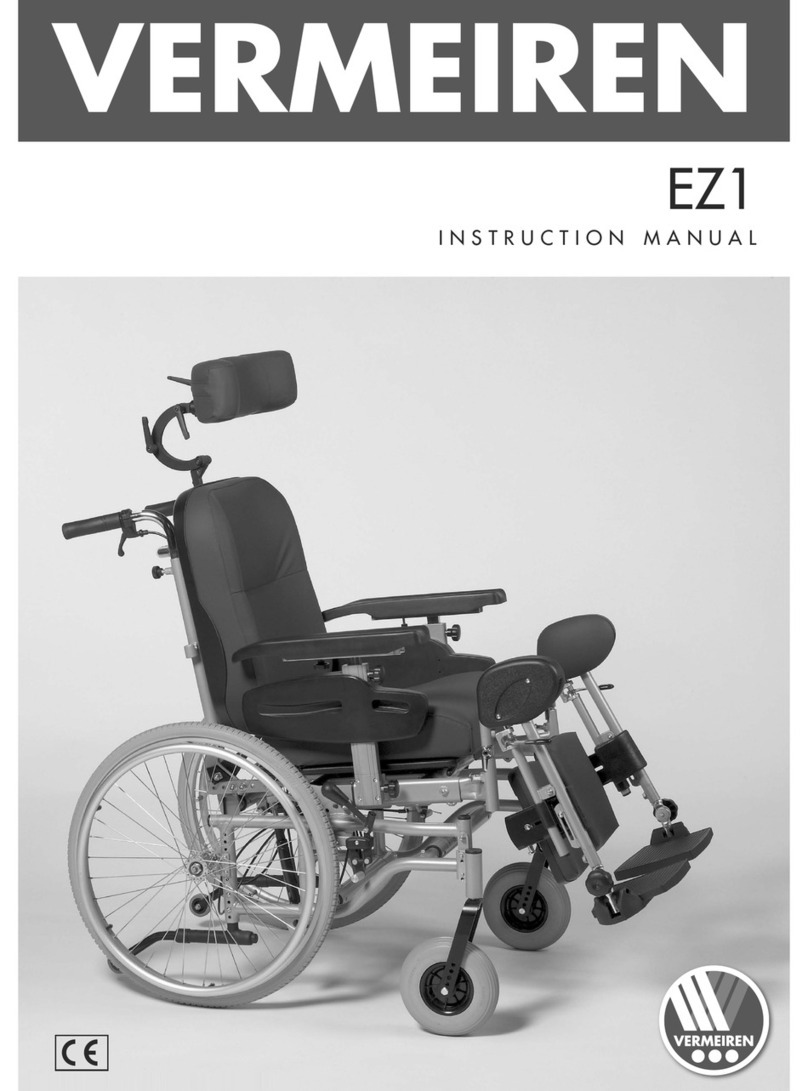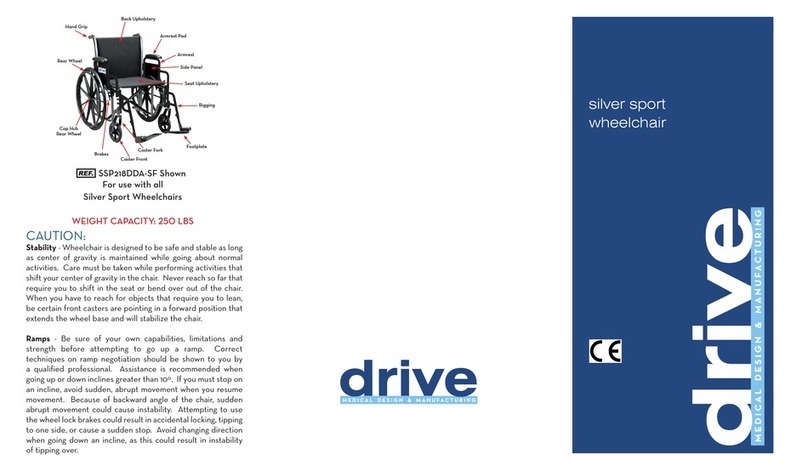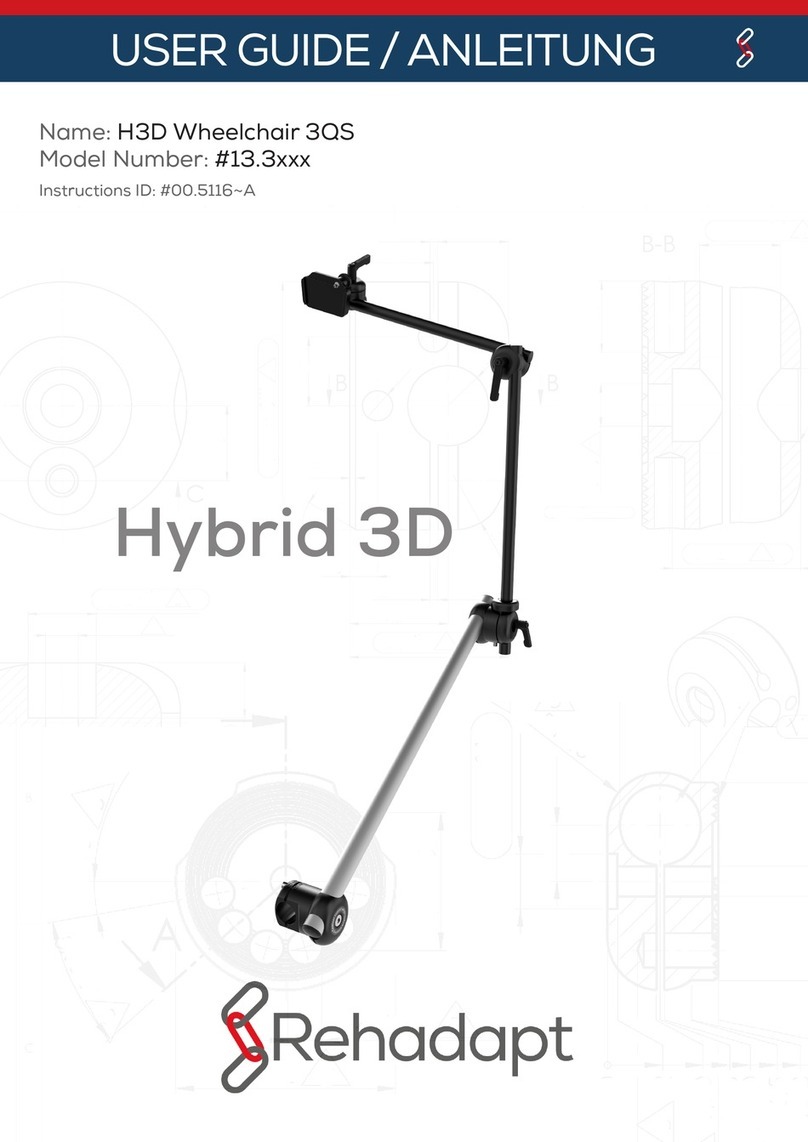
TABLE OF CONTENTS
At’m 4Part No. 1125035
TABLE OF CONTENTS
Oper ting the Wheelch ir......................................................................................................................23
Turning the Power On/Off................................................................................................................23
Using the Joystick to Drive the Ch ir .............................................................................................24
Using the Horn.....................................................................................................................................24
Joystick Switches nd Indic tors ...........................................................................................................25
On/Off Button ......................................................................................................................................25
Speed Control Knob ...........................................................................................................................25
Joystick....................................................................................................................................................25
Inform tion G uge Displ y ................................................................................................................25
Multi Function Ch rger Port .............................................................................................................27
Resetting the Circuit Bre ker................................................................................................................27
SECTION 6—SEAT ........................................................................... 29
Removing/Inst lling the Se t...................................................................................................................29
Removing ...............................................................................................................................................29
Inst lling..................................................................................................................................................29
Repl cing Se t Positioning Str p ...........................................................................................................31
SECTION 7—JOYSTICK .................................................................... 32
Disconnecting/Connecting the Joystick...............................................................................................32
Disconnecting .......................................................................................................................................32
Connecting ............................................................................................................................................32
Repositioning the Joystick.......................................................................................................................33
SECTION 8—BATTERIES .................................................................. 35
W rnings For H ndling nd Repl cing B tteries ...............................................................................35
Recommended B ttery Type .................................................................................................................35
Removing/Inst lling the B ttery P ck...................................................................................................36
Removing ...............................................................................................................................................36
Inst lling..................................................................................................................................................36
Removing/Inst lling the B tteries From/Into the B ttery P ck ......................................................37
Removing ...............................................................................................................................................37
Inst lling..................................................................................................................................................38
Ch rging B tteries ....................................................................................................................................39
Ch rging Using n Independent Ch rger .......................................................................................39
SECTION 9—MOTORS ..................................................................... 42
Eng ging/Diseng ging the Motors .........................................................................................................42
SECTION 10—FRONT RIGGINGS ...................................................... 44
